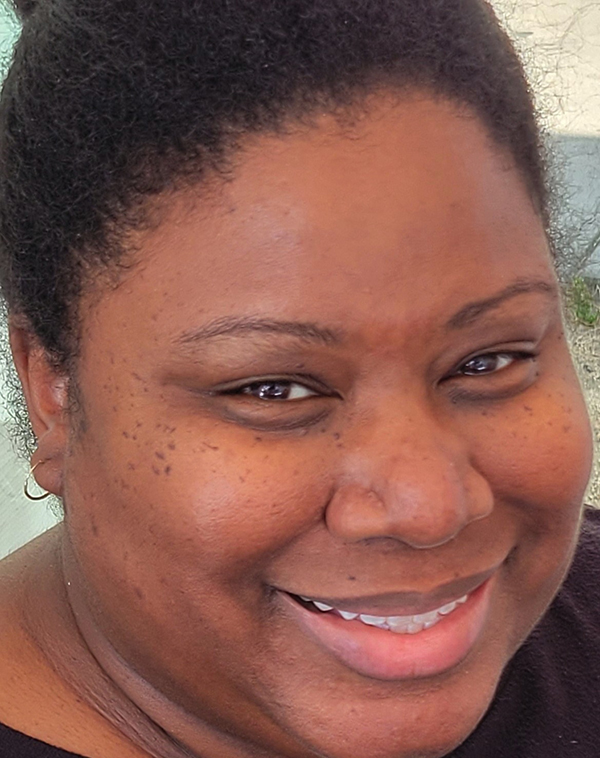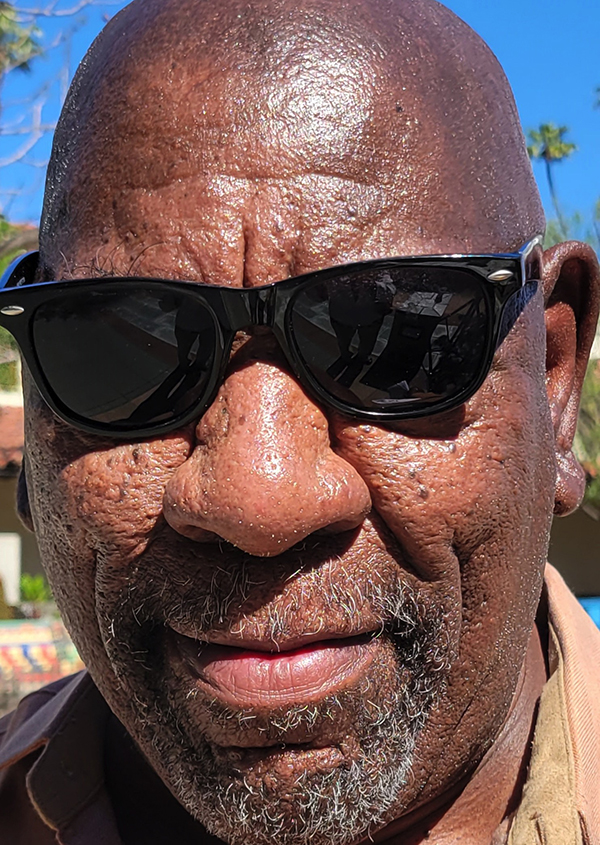Kaci Patterson saw it coming. A year ago — before the right-wing movement against diversity, equity and inclusion (DEI) programs reached a fever pitch during the presidential campaign — philanthropic foundations that became passionate about funding racial equity after the murder of George Floyd in 2020 were getting seriously cold feet.
Emboldened by a 2023 Supreme Court ruling that struck down affirmative action in college admissions, conservatives were winning lawsuits that claimed DEI programs focused on Black people were inherently discriminatory.
The funding downshift was so alarming that Patterson, who founded the Black Equity Collective — a Southern California-based alliance of Black-led organizations and funders — circulated an open letter from the collective’s members calling for courage among donors at a critical moment.
Then Donald Trump was elected again, and “critical” shifted to code red. The anti-DEI movement was a prelude to a flurry of executive orders from President Trump that sought not just to end DEI initiatives in government, but to delegitimize the very idea of racial justice for people of color in America.
A year later, the collective is still calling for funder courage, but it’s broadening the argument. The message of a new report — commissioned by the collective, written by the Nonprofit Finance Fund and released in May — is that organizations involved in racial equity work represent a unique set of effective, efficiently run operations that, like small businesses, pay financial dividends to the communities they operate in and to California overall.
The report, “California Black-Led Organizations: Strengthening California’s Economy and Community Survey,” shows how such structures, despite being underfunded, are key economic drivers that pay taxes, provide jobs, patronize businesses and stimulate local economies, especially economies of color.
In fiscal year 2023, the organizations in the survey employed more than 4,000 people and paid $22 million in payroll taxes and $335 million in salaries. A vast majority of respondents use Black-owned vendors for purchases, hire locally and bank with Black-owned or regional banks and credit unions, fueling a “multiplier effect.”
This isn’t new, but the report documents for the first time the business-friendly effects of these organizations that are typically overshadowed by their social missions. Patterson said it’s time to acknowledge these organizations’ full value, and to fund them accordingly.
“We often hear about moral reasons to invest in Black communities — there’s disparity, disproportionate harm, marginalization — to draw investment,” she said. “We say, ‘Yes, those moral arguments are true and valid, but how do we have a different ethos that has more staying power?’”
Patterson said the report affirms the old maxim that Black people are skilled at making a dollar out of 15 cents, and at taking care of the community with whatever resources they do have.
“We got us first,” said Patterson. “The report quantifies a cultural practice that’s existed within us forever.”
The report surveyed 217 Black-led organizations, about a third of the total number in California. Nineteen out of every 20 respondent organizations have a Black CEO or executive director. More than three in five (63%) primarily serve Los Angeles County and the rest do so across 12 other counties, including San Bernardino and Riverside in the Inland Empire.
More than nine of 10 (92%) serve urban areas, with government the largest source of revenue for more than two in every five respondents, and foundations the primary funding source for a quarter of respondents. The top three areas of focus, which reflect the greatest needs of Black communities, are youth services (21%), health and wellness (10%) and social justice/civic engagement (10%).
The report says that given additional resources, many such organizations, despite being underfunded, would build on the tremendous good they do or, as Patterson puts it, “unleash their full potential.”
Beyond the monetary benefits, Black-led organizations add value to communities, notably by sharing their work space with other organizations and offering locations for community events for a nominal fee or for free. Nearly three-quarters of respondents said they mentor young people who sometimes go on to create and serve in other nonprofits and Black-led organizations.
Finally, these groups harness a wealth of “lived experience,” by employing formerly incarcerated and homeless folk. Nearly 30% of the leaders of the surveyed organizations have that experience themselves, having lived behind bars, without housing or through some other significant challenge.
But even as traditional civil rights and racial protections are being dismantled very quickly, she said that a bright spot is the opportunity to build new systems to replace old ones that weren’t working well enough.
“Our bellwethers … are being turned on us, but I don’t know that systems that existed served a vision to ensure Black permanence,” she said. “That said, we wouldn’t have torn them down. But since they’re being deconstructed, why not take the opportunity to build new systems, a new temple?”
Patterson is confident that can happen. The report ends with another clarion call — broken down point by point — to funders to not just stay the course, but to widen it.
It’s about reversing a reticence to support Black equity that set in well before the onset of Trump 2.0.
“We have a set of people who can’t unsee what George Floyd revealed,” she said. “You can’t unknow something once you know it. The possibility is: How do we continue to harness what people know? How do we continue to organize the folks who actually do desire a better outcome but get fatigued because they’ve never had to demonstrate grit?
“That’s the challenge,” she continued: “To help them” — starting with funders — “believe what they believe about themselves, and about America.”
Erin Aubry Kaplan is an award-winning journalist who examines the persistent barriers to racial justice and opportunities for progress in an era of receding Black presence in Los Angeles and California. This article was produced by Capital & Main, a nonprofit publication focused on inequality. It is published here with permission.




